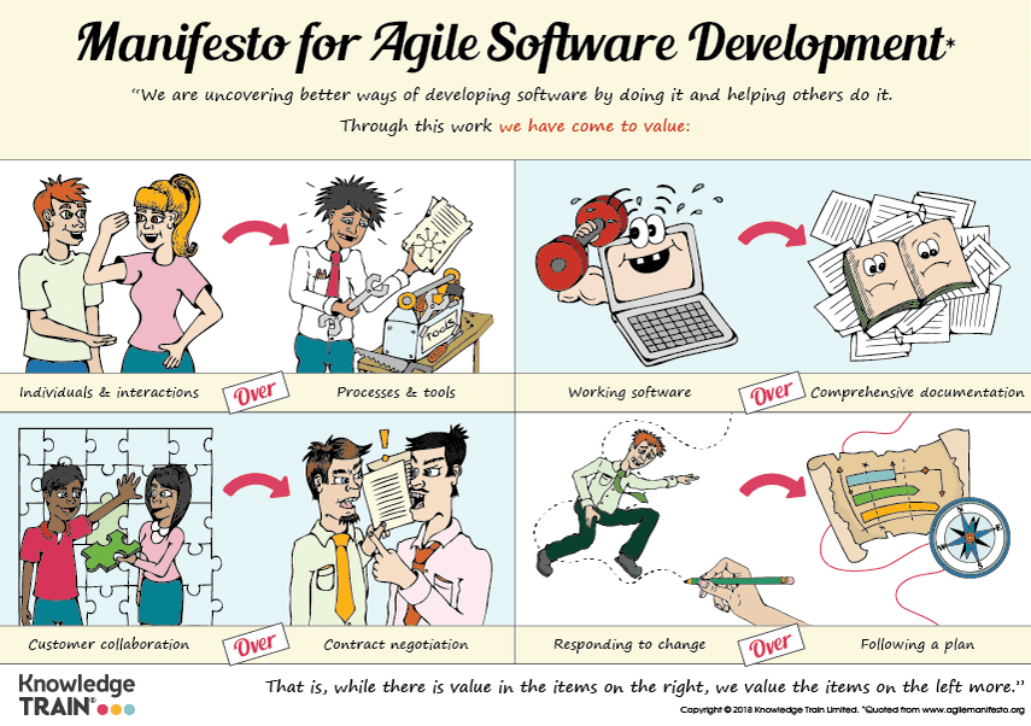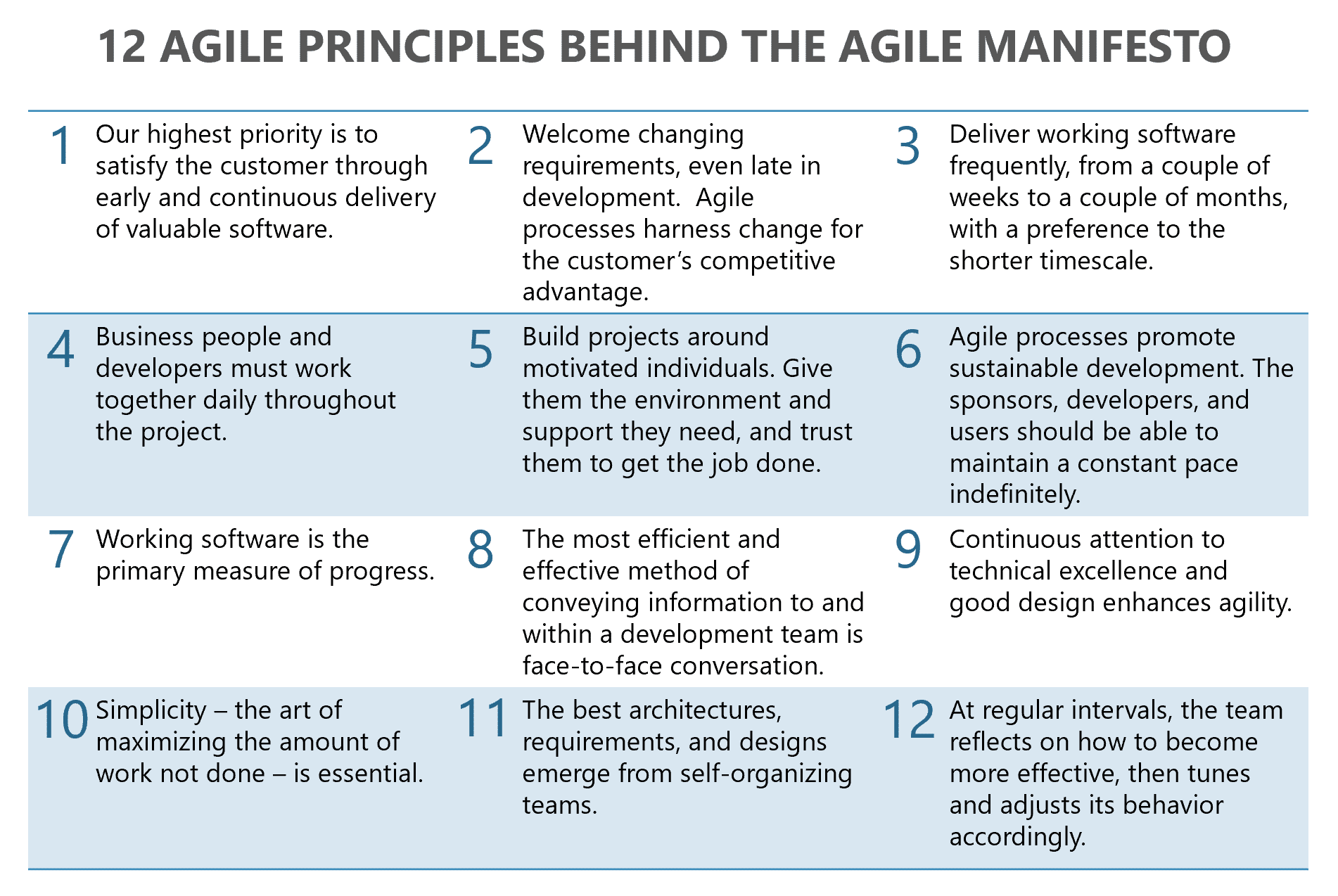
Navigating the Labyrinth of Agile Manifesto: A Comprehensive Analysis
The Agile Manifesto has revolutionized the software development landscape, fostering a culture of flexibility, collaboration, and continuous improvement. However, this transformative framework is not without its complexities, sparking ongoing discussions and debates among industry professionals.
The Agile Pillars: A Double-Edged Sword
Individuals and Interactions over Processes and Tools
The Agile Manifesto emphasizes the importance of empowering individuals and their interactions. By fostering a trust-based environment, teams can make quick decisions and adapt to changing requirements, enhancing productivity and innovation. However, this approach can challenge traditional management structures and require a high level of self-organization and accountability within teams.
Working Software over Comprehensive Documentation
Agile prioritizes producing functional software over creating extensive documentation. This enables teams to deliver value incrementally and respond to customer feedback more effectively. However, it can lead to a lack of formal documentation, which may be crucial for regulatory compliance or future maintenance.
Customer Collaboration over Contract Negotiation
Agile emphasizes continuous collaboration with customers throughout the development process, ensuring that their feedback is continuously incorporated into the product. This approach fosters a win-win relationship, but it can also pose challenges in setting clear expectations and managing scope creep.
Responding to Change over Following a Plan
The Agile mindset embraces change as a constant in software development. Teams are expected to adapt to unforeseen circumstances and make adjustments as needed. While this flexibility can be empowering, it can also introduce uncertainty and hinder the predictability of project timelines and budgets.
Perspectives on the Agile Conundrum
The complexities of the Agile Manifesto have led to diverse perspectives on its effectiveness and applicability:
Proponents’ Views
Supporters of Agile argue that it significantly improves software quality, reduces development time, and enhances customer satisfaction. They point to studies showing that Agile teams deliver products with fewer defects and higher user acceptance.
Critics’ Perspectives
Critics contend that Agile is not suitable for all projects or organizations. They argue that the lack of formal documentation and the emphasis on flexibility can lead to confusion, rework, and challenges in managing large-scale projects.
A Middle Ground
Many practitioners recognize the strengths and weaknesses of Agile and advocate for a balanced approach. They believe that tailoring Agile practices to the specific project context and organizational culture is essential to optimize its benefits while mitigating potential pitfalls.
Adapting to the Agile Landscape
Organizations seeking to navigate the complexities of Agile should consider the following strategies:
Choose the Right Projects
Identify projects that align well with Agile principles, such as those with uncertain requirements or a need for rapid delivery.
Tailor the Approach
Customize Agile practices to meet specific project needs and organizational culture. For example, modify sprint length or introduce additional documentation as necessary.
Train and Support Teams
Equip teams with the knowledge and skills to embrace Agile principles and work effectively in an Agile environment.
Measure and Improve
Establish metrics to track progress and identify areas for improvement. Use this feedback to optimize Agile practices and maximize their benefits.
Conclusion: Navigating the Agile Labyrinth
The Agile Manifesto is a powerful framework that has transformed software development practices. However, its complexities demand careful consideration and adaptation to suit the specific project context and organizational culture. By understanding the nuances of Agile, organizations can harness its benefits while mitigating potential challenges, fostering a culture of innovation, flexibility, and customer satisfaction.
The ongoing evolution of the Agile Manifesto and its interpretation reflect the dynamic nature of the software development industry. As technology continues to evolve and user expectations grow, the Agile framework will undoubtedly continue to be refined and re-shaped, shaping the future of software engineering.



